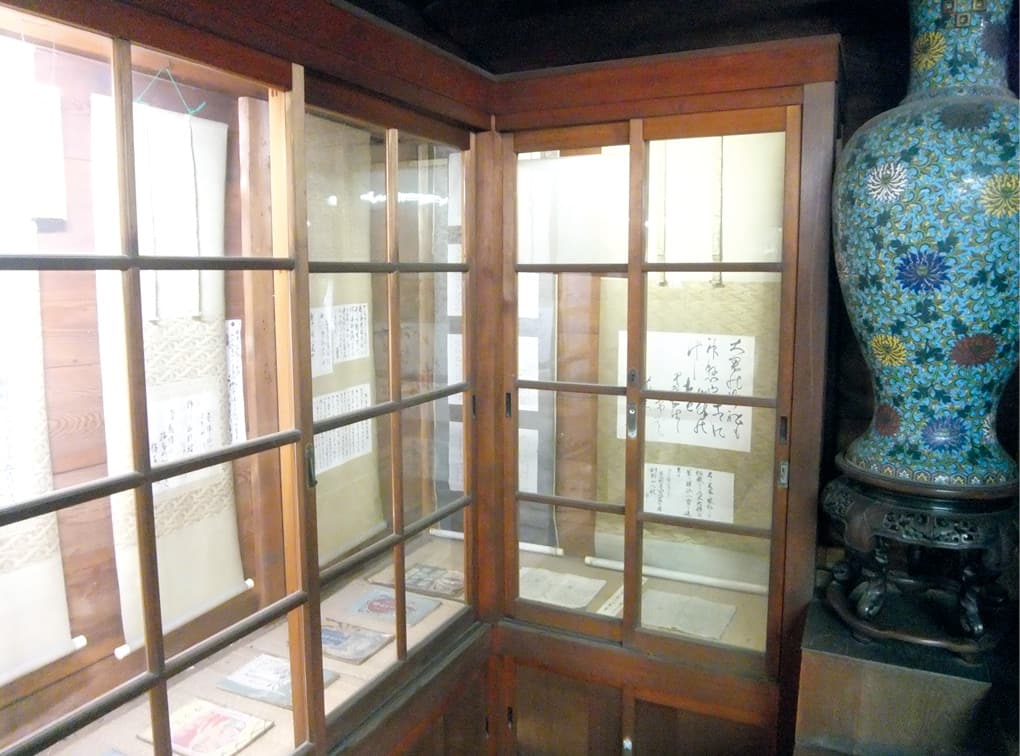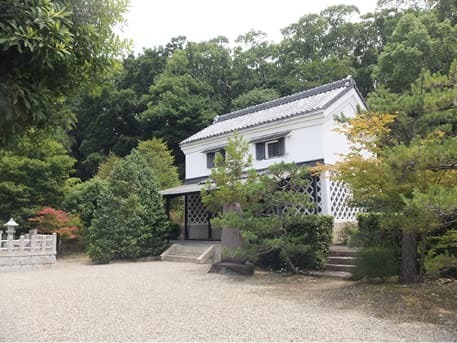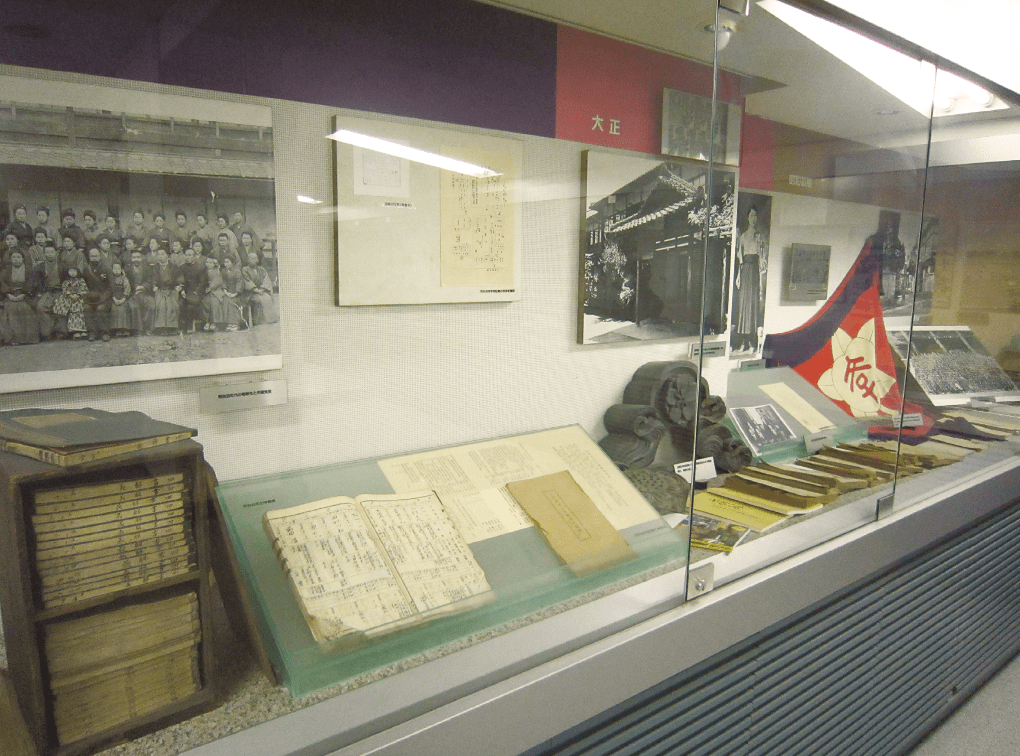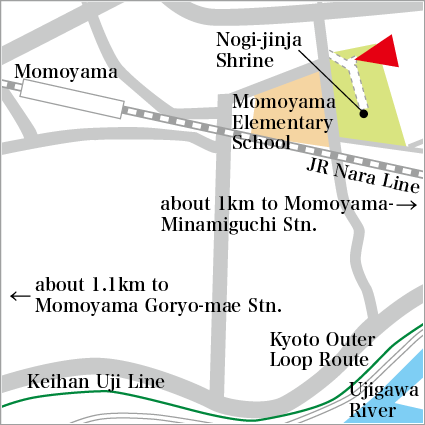Nogi Shrine Museum
- Highlight
- Permanent collection includes the personal writings of General Nogi as well as some clothing worn by the Nogi couple
A museum to a nationally esteemed hero of the Russo-Japanese War
This museum was founded in September 1916 at the shrine that commemorates the lives of the scholar-cum-warrior Maresuke Nogi and his wife Shizuko.
Here, can be found a gate made of a single Taiwan cypress some two meters in diameter and 3,000 years old and the museum, a house that Nogi lived in for approximately one year while orchestrating the siege of Port Arthur as General of the Third Army.
The museum, in the style of a classical Japanese storehouse, was built at the same time as the shrine, and houses personal writings and manuscripts that show the compassion and solicitude of General Nogi while he lived in the house. In addition, there are military effects that speak of the hardship that General Nogi and his officers and men underwent as well as materials and furnishings that speak of the lifestyle of the General and his wife.


| Address | 32-2 Momoyama-cho Itakura Suo, Fushimi-ku |
|---|---|
| TEL | 075-601-5472 |
| FAX | 075-601-5480 |
| URL | http://nogi-jinja.jp/web/ |
| Hours | 9:00~16:00 |
| Closed | In principal, open daily ※May close temporarily for facility inspections, etc. |
| Adm | Adults ¥100, Elementary school students ¥50 |
| Access | A 10-min walk from JR Momoyama Stn/A 10-min walk from Kintetsu Momoyama Goryo-mae Stn/A 10-min walk from Keihan Momoyama-Minamiguchi Stn/A 15-min walk from Keihan Fushimi-Momoyama Stn |
| Parking | Available (spaces for 5 cars, free of charge for up to 20 minutes) |
Facilities near by

Kyoto City Southern Clean Center「Sustaina-kyoto」

Kyoto Tachibana High School Museum
Introducing the school history and unearthed relics

Kyoto Municipal Center for Promotion of Environment Protection
Learning about practical ecology in daily life in the city that sealed the “Kyoto Protocol”

Kyoto City Southern Resources Recycle Center
